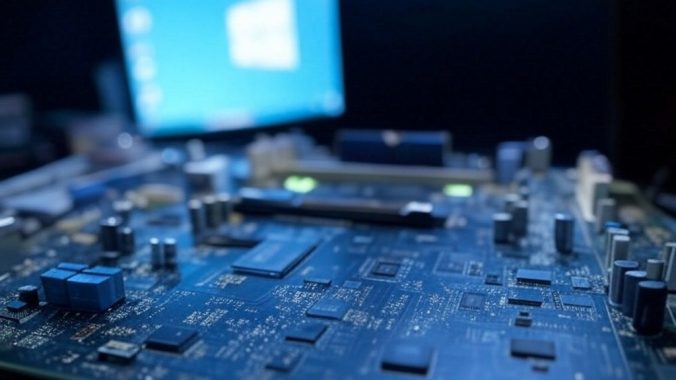Over the past year, there have been increasing reports of Windows systems “bricking” following a Windows Update. By “bricking,” I mean that the system becomes entirely non-responsive. Although incidence rates vary — ranging from negligible (0%) in some environments to as high as 0.25% of managed systems per month — the issue raises significant concerns about the reliability and transparency of automated firmware updates.
Continue readingTag: Windows 11
Latest Posts
Tag Cloud
Affiliate Marketing
Android
Awards
Bitcoin
Black Friday
contest
Cryptocurrency
Cyber Monday
Drive Erase
Factory
giveaway
Indonesia
Influencers
ITAD
Manufacturing
Recyclers
Refurbishers
Repair Depots
Sale
Service Center
Service Center Remote
Singapore
System Bricking
Tomnod
Toolbox
UEFI Capsule Firmware Update
volunteerism
Windows 10
Windows 11
windows update
PC-Doctor, Inc.
PC-Doctor’s system health solutions support PC and Android devices that are used by OEMs, support centers, factories, repair facilities, technicians, and individuals. These robust solutions are comprised of patent-driven hardware diagnostics, Direct System Information, intelligent messaging, and pro-active system monitoring.
Learn more at www.pc-doctor.com

